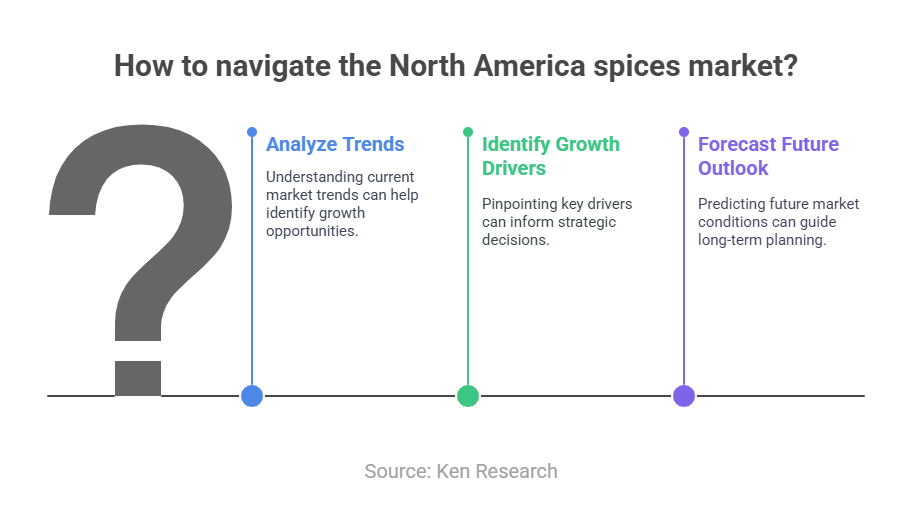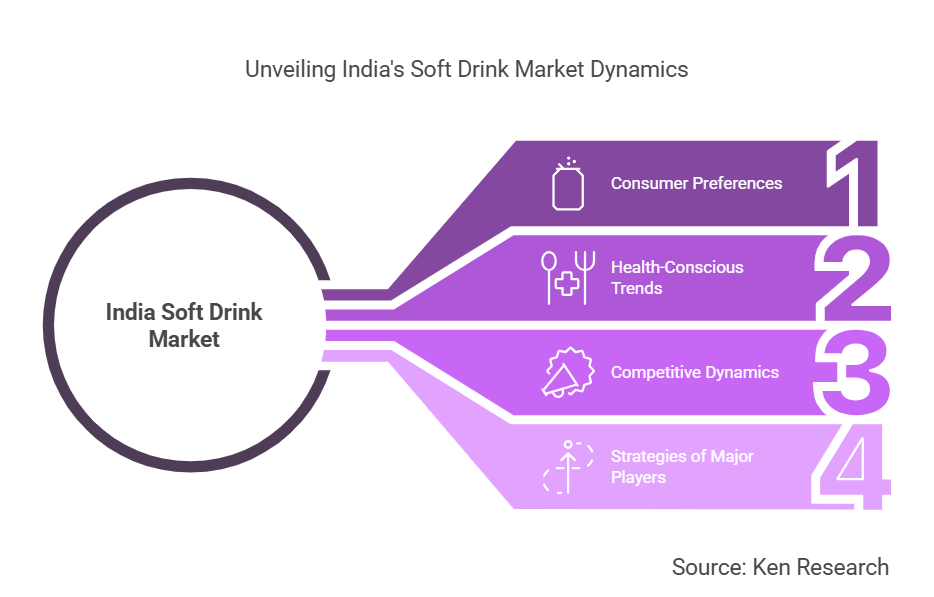Understanding the India Automation Market Growth Factors in 2025 – What You Need to Know

The India Automation market has witnessed significant growth in recent years, becoming a pivotal component in the nation's industrial and economic landscape. As industries strive for increased efficiency, productivity, and competitiveness, the adoption of automation technologies has become indispensable. This article delves into the current trends, key drivers, challenges, and opportunities within the India Automation market, providing insights for businesses and stakeholders aiming to navigate this dynamic sector.
Market Insights
The India Automation market size was valued at USD 13.2 billion in 2023, driven by increased adoption of automation across various industries.
Key Drivers
- Technological Advancements: The rapid development of technologies such as the Internet of Things (IoT), Artificial Intelligence (AI), and machine learning has facilitated the integration of advanced automation solutions across industries.
- Government Initiatives: Policies like 'Make in India' and 'Digital India' have created a conducive environment for automation adoption, encouraging both local and foreign investments in automated technologies.
- Labor Cost Optimization: With rising labor costs and the need for precision, industries are turning to automation to maintain cost-effectiveness and enhance product quality.
Challenges
- High Initial Investment: The substantial capital required for implementing automation solutions can be a deterrent, especially for small and medium-sized enterprises (SMEs).
- Skill Gap: There is a noticeable shortage of skilled professionals capable of operating and maintaining advanced automated systems, leading to potential operational inefficiencies.
- Cybersecurity Risks: As automation systems become more interconnected, they are increasingly vulnerable to cyber threats, necessitating robust security measures.
Opportunities
- Emerging Sectors: Industries such as e-commerce, pharmaceuticals, and renewable energy present new avenues for automation applications, driven by the need for efficiency and scalability.
- SME Adoption: The flexibility and affordability of collaborative robots (Cobots) make them an attractive option for SMEs looking to enhance productivity without significant capital expenditure.
- Export Potential: India's growing expertise in automation solutions positions it as a potential exporter of automation technologies to other developing economies.
Case Studies
Automotive Industry
The automotive sector in India has been at the forefront of automation adoption. Leading manufacturers have implemented automated assembly lines, resulting in increased production efficiency and reduced human error. For instance, the integration of robotics in welding and painting processes has significantly improved precision and consistency.
Pharmaceutical Industry
In the pharmaceutical sector, automation has been instrumental in enhancing the accuracy and speed of drug manufacturing. Automated systems for tablet packaging and quality control have minimized contamination risks and ensured compliance with stringent regulatory standards.
Practical Implications
For businesses looking to capitalize on the growth of the India Automation market, several actionable steps can be taken:
- Investment in Training: Developing a skilled workforce capable of managing and maintaining automated systems is crucial. Investing in training programs can bridge the existing skill gap.
- Scalable Solutions: SMEs should consider scalable automation solutions like Cobots, which offer flexibility and require lower initial investments.
- Cybersecurity Measures: Implementing robust cybersecurity protocols is essential to protect interconnected automation systems from potential threats.
- Collaboration with Technology Providers: Partnering with established automation technology providers can facilitate the seamless integration of advanced solutions tailored to specific industry needs.
Conclusion with Recommendations
The India Automation market is poised for substantial growth, driven by technological advancements and supportive government initiatives. However, challenges such as high initial investments and skill shortages must be addressed. Businesses are advised to adopt a strategic approach, focusing on scalable and secure automation solutions, investing in workforce training, and staying abreast of emerging trends to remain competitive in this evolving landscape.
Note: IndiBlogHub features both user-submitted and editorial content. We do not verify third-party contributions. Read our Disclaimer and Privacy Policyfor details.







